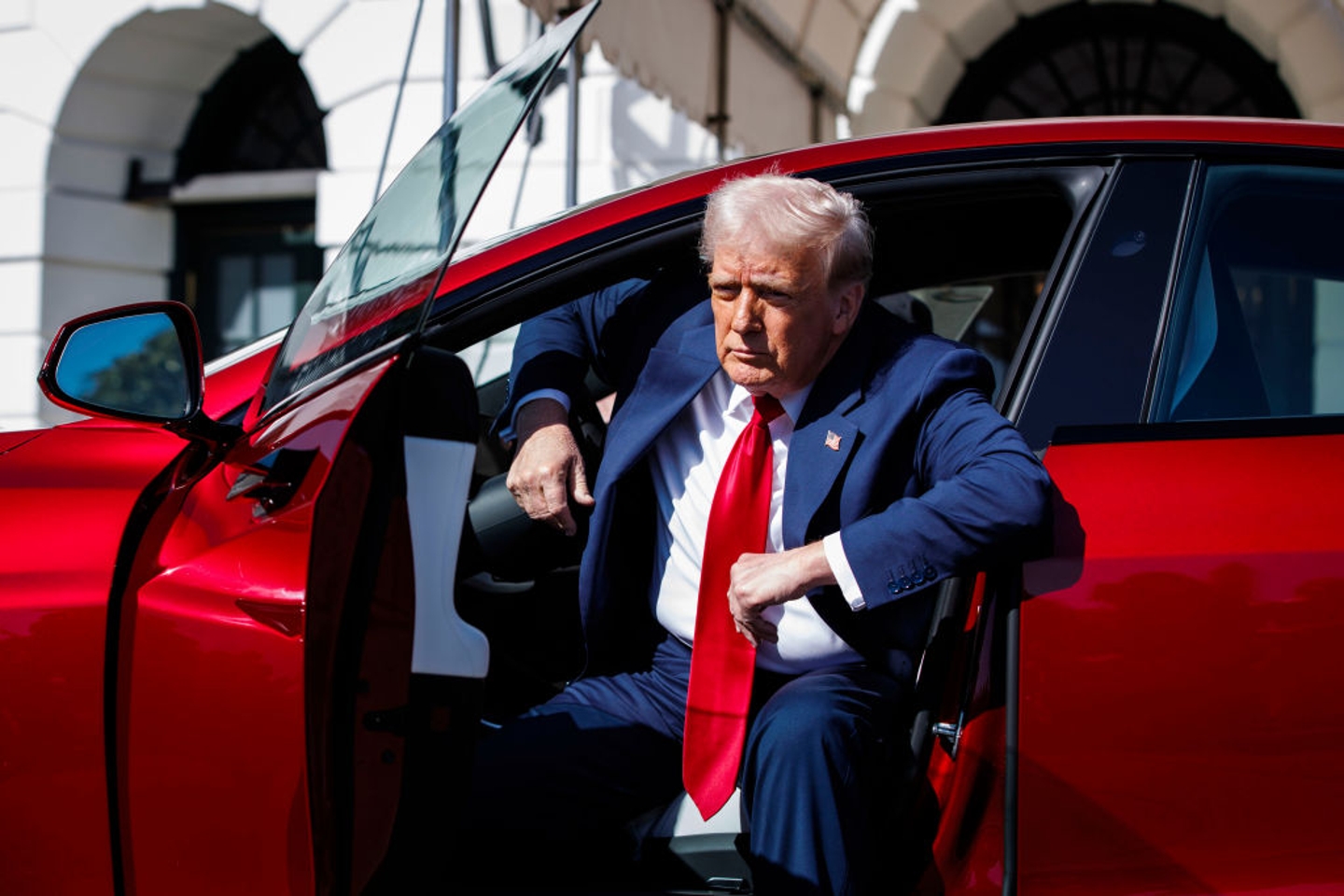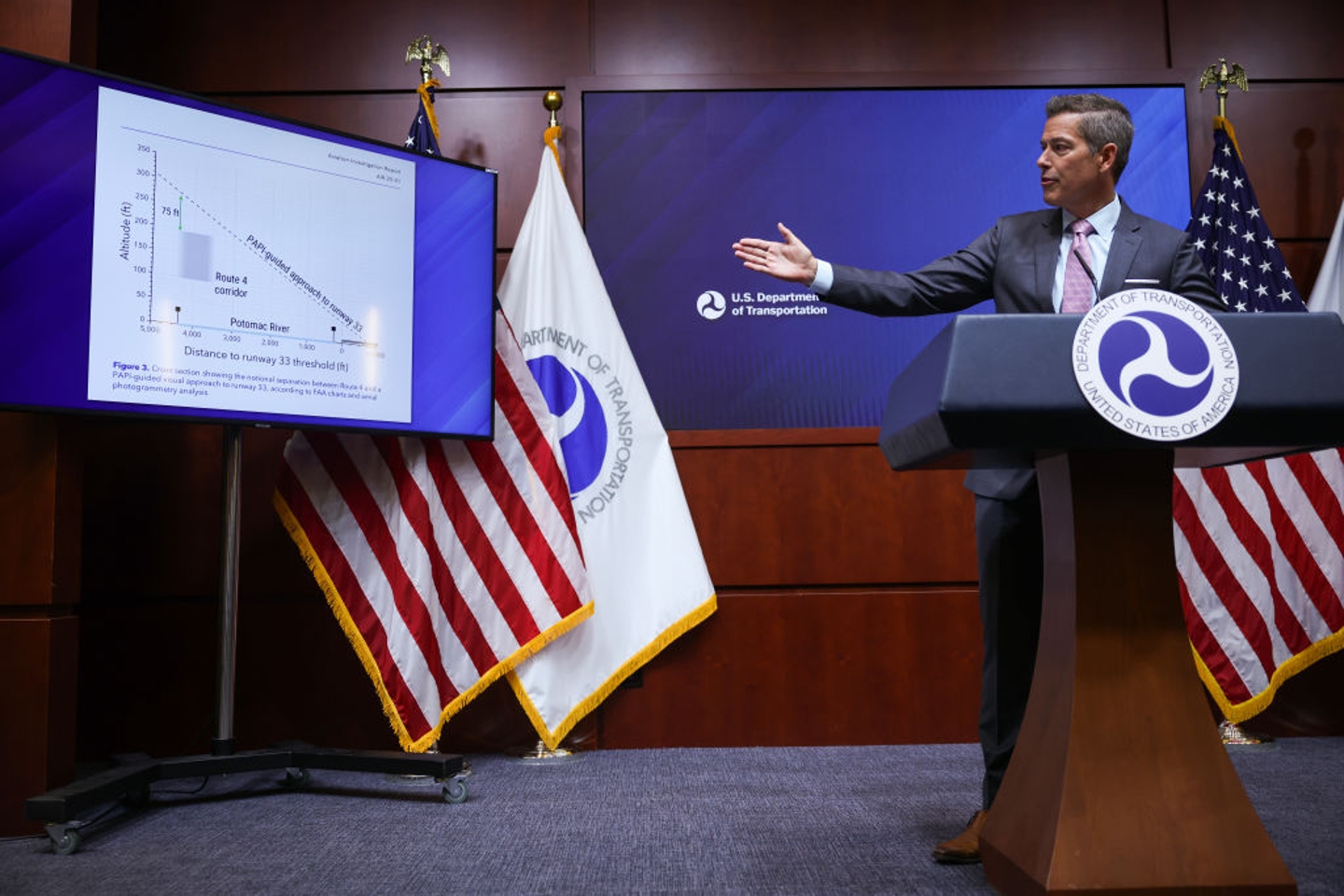In a move that has sparked confusion and controversy, the Trump administration recently ordered the removal of a plane named “Gay” from an online database, an action many are interpreting as part of a broader purge of diversity, equity, and inclusion (DEI) related content. The decision to remove the plane from public view has raised eyebrows, not only for its apparent lack of clear justification but also for the broader implications it may have on the administration’s stance toward diversity and representation.

The plane in question, a prominent feature in aviation history, was given the name “Gay” as part of a tradition among pilots and aviation enthusiasts to name their aircrafts. The aircraft’s designation had become a part of a larger historical archive, accessible through various online platforms that track military and civilian aviation records. For years, the inclusion of such names in these public databases had not been a major issue. However, the Trump administration’s latest move to remove the plane’s entry has stirred up a debate about the government’s evolving policies on DEI and the role of language in shaping public discourse.
Navajo Marine Ira Hayes helped raise the American flag over Iwo Jima in WW2.
Today Trump had him removed from military websites because his bravery in action is considered “DEI.”
Trump never served. Ira Hayes was a hero. Agree? pic.twitter.com/v9qzrunpfk
— Lakota Man (@LakotaMan1) March 18, 2025
The decision to scrub this particular entry from the database was made amid a broader campaign from the Trump administration to reshape the way the federal government handles diversity-related topics. The move comes after other policy changes under Trump’s leadership, including attempts to limit DEI training in government agencies and a general pushback against initiatives that promote racial and gender equality in the workplace. In this context, removing a plane that bore the name “Gay” can be seen as part of a broader effort to eliminate what some consider to be “politically correct” content from the public sphere.

While the move is certainly peculiar, it also raises questions about the broader implications of the administration’s actions. Critics argue that this decision is emblematic of a wider attempt to erase LGBTQ+ visibility from official records, reducing representation of marginalized communities in the process. The act of removing an aircraft with a name that many may associate with LGBTQ+ culture could be viewed as a step backward for inclusivity, especially when the name was not originally meant to be controversial but was simply part of a tradition within the aviation world.
Supporters of the move, however, claim that the Trump administration’s actions are a necessary step in “cleaning up” what they see as an overemphasis on identity politics. They argue that government databases should focus on the objective, factual aspects of aviation history, rather than on names or labels that could be construed as ideological statements. This viewpoint suggests that the removal of “Gay” from the database is not a condemnation of LGBTQ+ individuals but rather an effort to avoid unnecessary politicization of what should be straightforward archival material.

The timing of this decision has only added to the controversy. With the growing visibility of LGBTQ+ rights movements and the increasing push for representation across all sectors of society, the Trump administration’s decision to remove this plane seems out of step with the broader social climate. Many are left questioning whether this is part of a larger ideological shift in the administration’s approach to diversity, equity, and inclusion policies.
Beyond the immediate implications for LGBTQ+ visibility, the decision also calls into question the government’s role in managing cultural representation. If this move is part of a broader push to limit DEI-related initiatives, it could be a signal that future actions may seek to restrict not just the language used in public records, but also the kinds of policies and programs that aim to promote inclusivity within government institutions.

Ultimately, the removal of the “Gay” plane from the online database may seem like a small and bizarre incident, but it points to a larger ideological battle over diversity and inclusion in the United States. As these debates continue to evolve, the Trump administration’s actions in this instance are likely to remain a point of contention for those advocating for more representation and equality in all aspects of public life.


